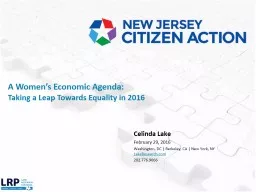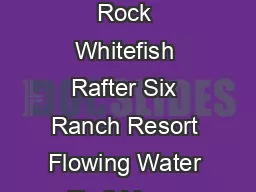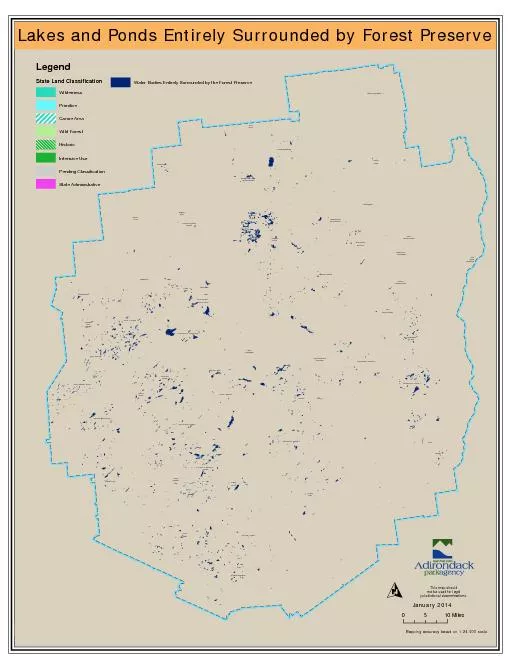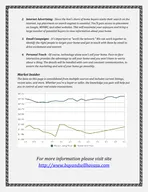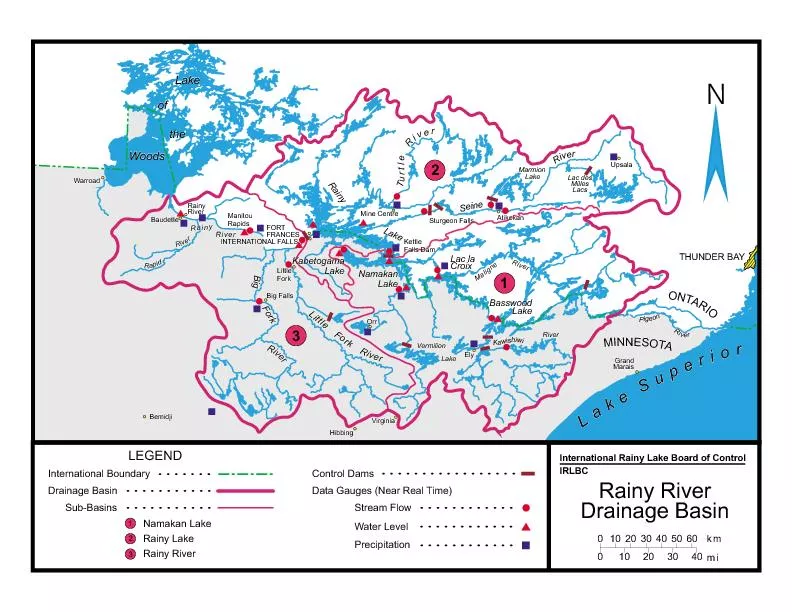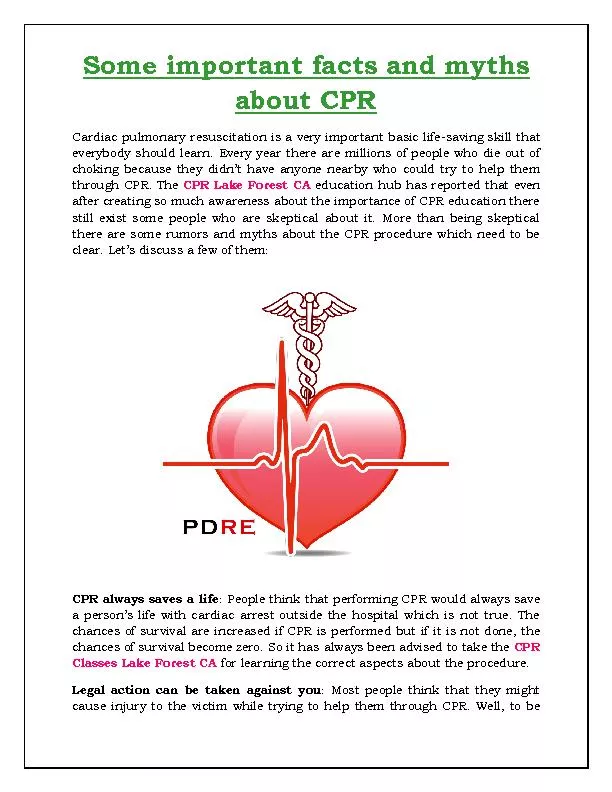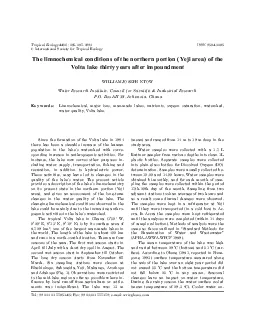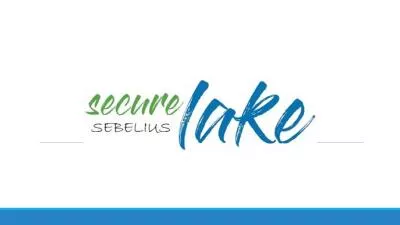PPT-Celinda Lake
Author : test | Published Date : 2017-06-30
April 21 st 2016 Washington DC Berkeley CA New York NY LakeResearchcom 2027769066 Energy Environment and the Electorate THE MOOD OF THE ELECTORATE Early primary
Presentation Embed Code
Download Presentation
Download Presentation The PPT/PDF document "Celinda Lake" is the property of its rightful owner. Permission is granted to download and print the materials on this website for personal, non-commercial use only, and to display it on your personal computer provided you do not modify the materials and that you retain all copyright notices contained in the materials. By downloading content from our website, you accept the terms of this agreement.
Celinda Lake: Transcript
Download Rules Of Document
"Celinda Lake"The content belongs to its owner. You may download and print it for personal use, without modification, and keep all copyright notices. By downloading, you agree to these terms.
Related Documents

